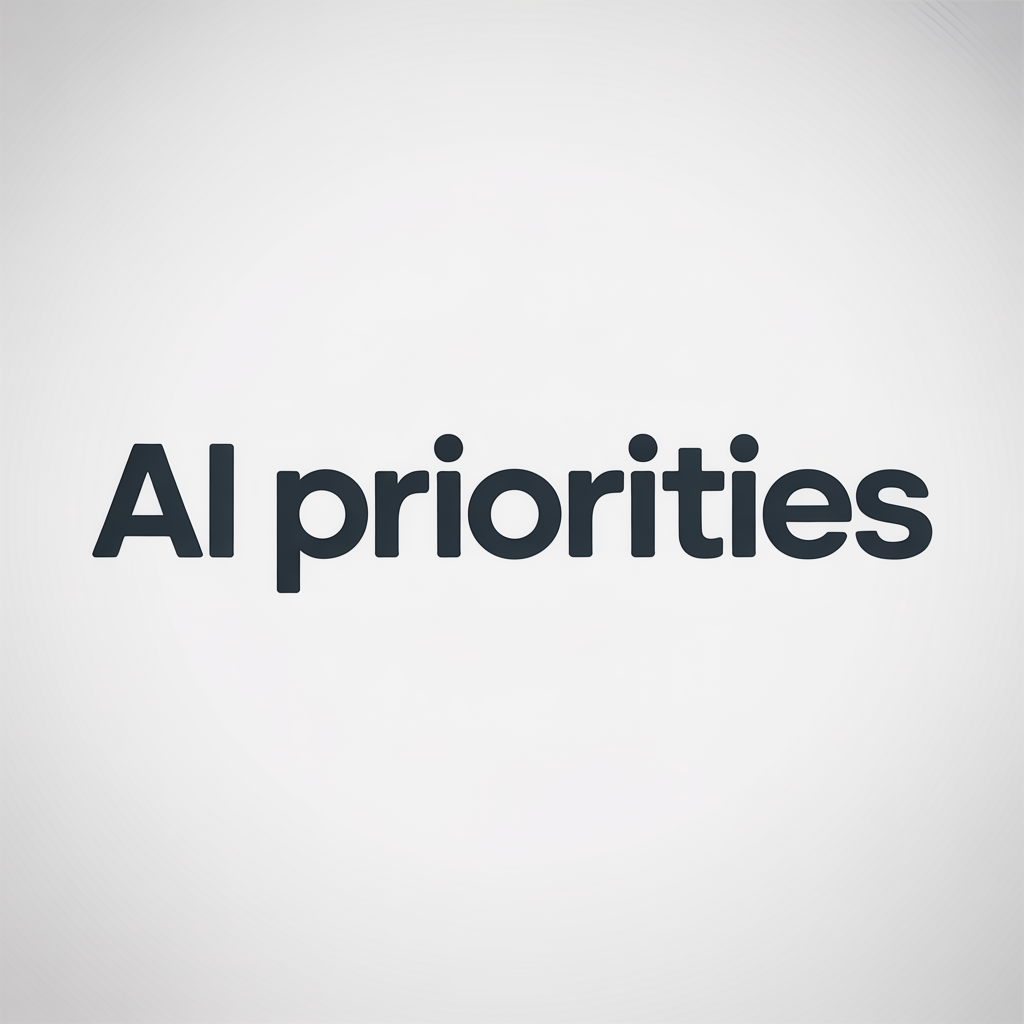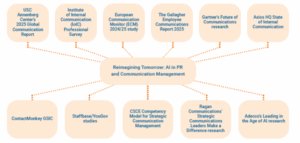Wednesday, October 29, 2025
Wednesday, October 29, 2025

Adrian Cropley and Wayne Aspland:
It’s staggering to think about the number of communication surveys that were published over the first half of 2025.
These surveys were published by a long list of industry leaders (see below) and they gathered the views of communication professionals from all comms disciplines and from all over the world.

The breadth of this research raised an interesting question.
If they were analysed collectively, what could these reports tell us about the top-of-mind priorities that are common right across our profession. What are the priorities that keep popping up across the different reports?
To uncover this, we established a team of four: Adrian, Wayne, Claude and ChatGPT. We analysed the reports not only using AI, but manually as well. We then had multiple discussions about the findings and presented our work in progress at the Centre for Strategic Communication Excellence (CSCE) monthly AI Forums.
This work resulted in a new playbook published by the CSCE. “The Communication Professional’s Playbook in the Age of AI” outlines the four challenges and four priorities that really stand out across all the studied research reports.
In other words, the challenges and priorities that are top-of-mind right across our profession.
The most prominent challenges we’re facing into are…
You might argue that a fifth challenge should also be added to the list… one that is becoming increasingly obvious now. It’s the growing economic weakness being faced across the world. This could result in the restriction of comms resources and a growing need for comms to prove its worth.
In this environment, we found that there is one clear mission for our profession in 2026 and beyond.
Help people navigate accelerating change.
Supporting this mission are four priorities that, perhaps not surprisingly, align closely with the challenges above.
Priority 1: Support corporate reputation by building the human connection.
From splintered, dehumanised and democratised comms to authentic, human and relevant comms in a world of increasing machine speak. We can achieve this by…
Priority 2: Improve leadership communication and strategic alignment.
From poor alignment and leader communications skills to leaders enabling connected organisations. We can achieve this by…
Priority 3: Lead the conversation on Responsible AI.
From spectators to the moral architects of AI implementation. Enabling the right decisions and building trust. We can achieve this by…
Priority 4: Build AI literacy while leveraging AI to simplify and improve.
From limited expertise to AI mastery that allows comms teams to transform the function and lead/model the use of AI across the organisation. We can achieve this by…
Ironically, while this is listed as the final priority, it’s the first we should address. That’s because it will give us the space and expertise we need to begin leading our organisations into an AI-enabled future.
The playbook provides substantially more detail on these priorities. It also looks at future roles and skills, skill development opportunities and how to sequence the priorities (as touched on above).
The results are based on the analysis and interpretation of the following reports.
We’d love to hear your thoughts about these priorities. Do you think they’re right? Which do you think is most critical? Or, is there another critical priority you think we’ve missed.
Let us know via this simple Linkedin poll. It should take you less than a minute to answer.
Written by: Editor
© 2025 Stratpair Ltd., trading as Strategic. Registered in Ireland: 747736